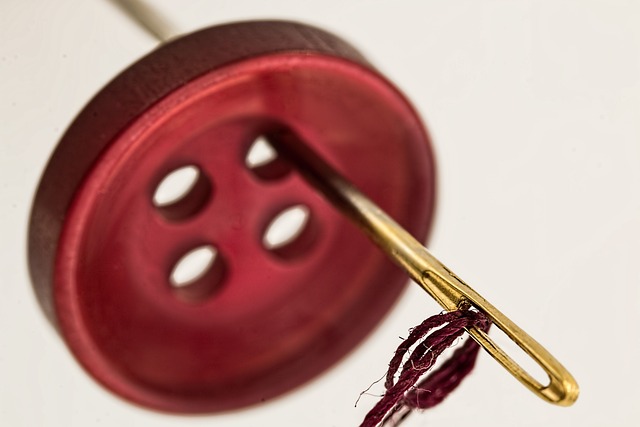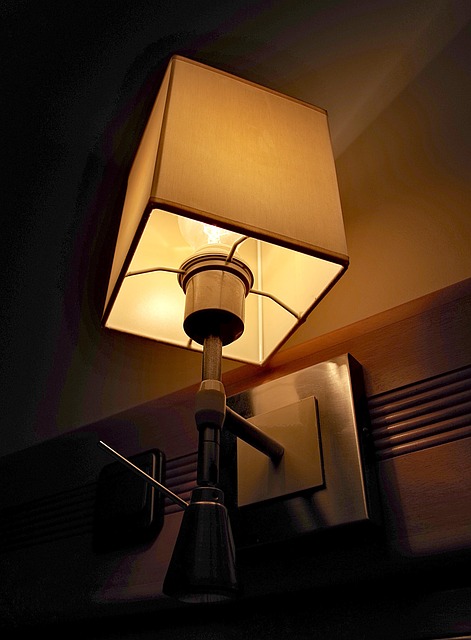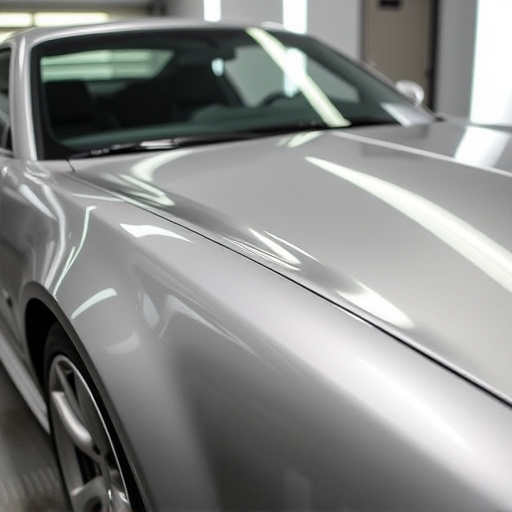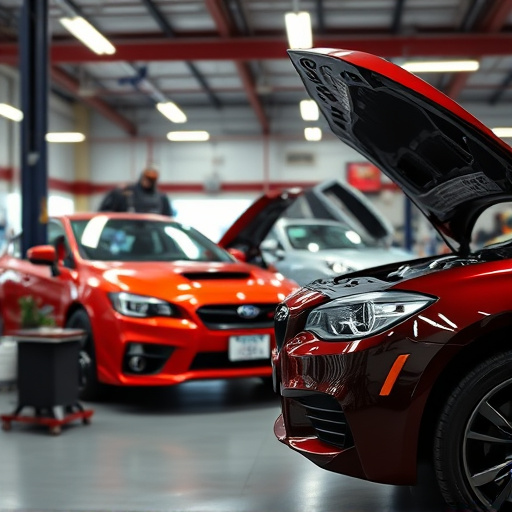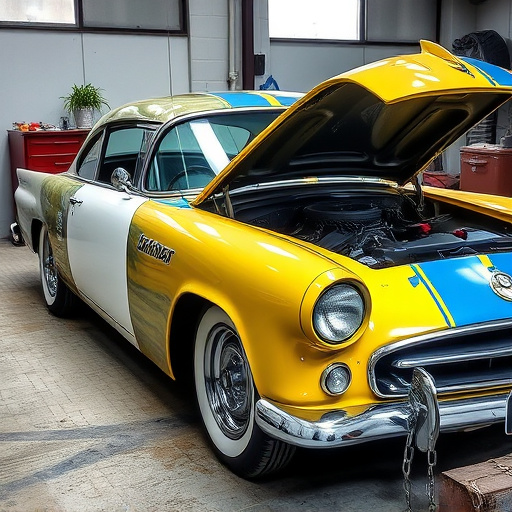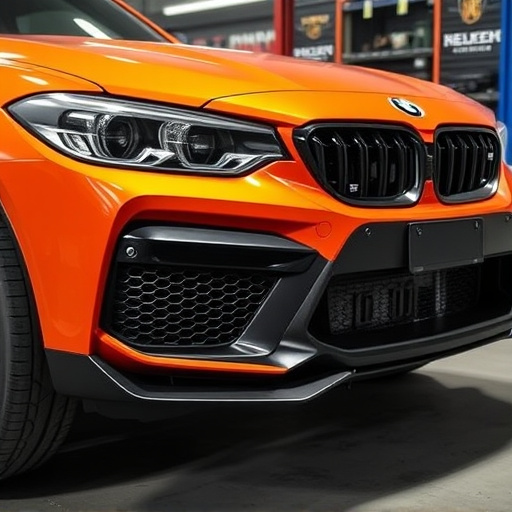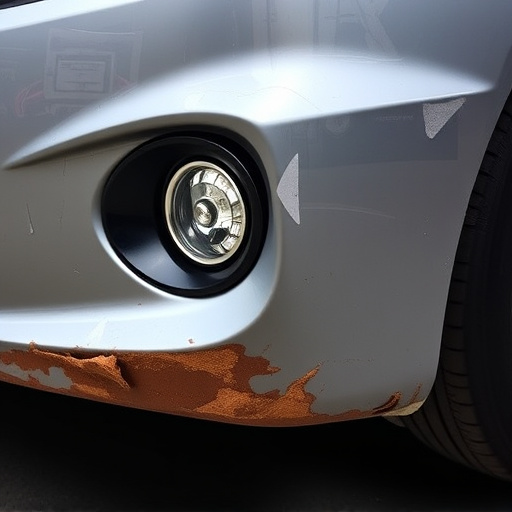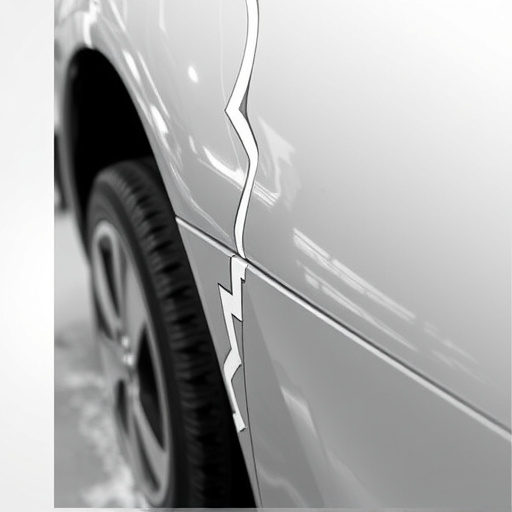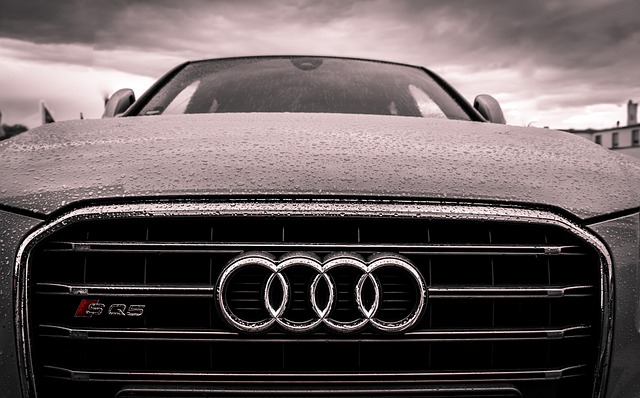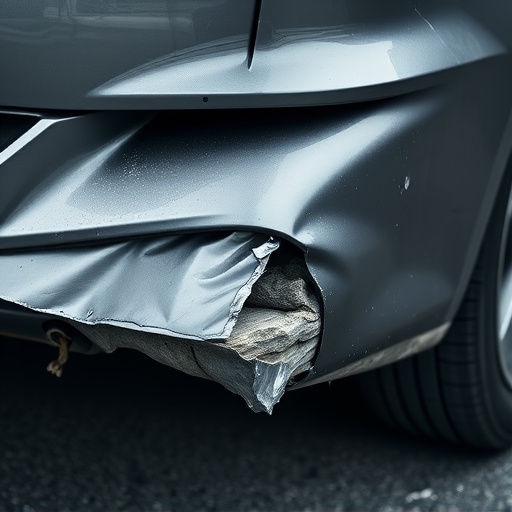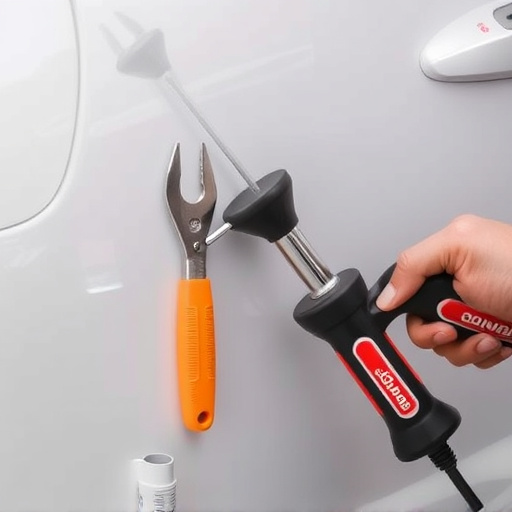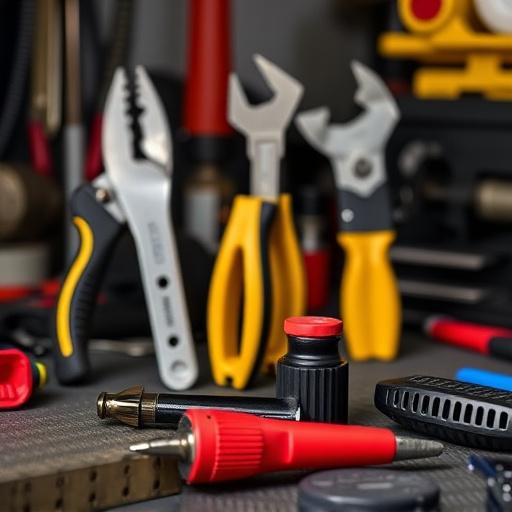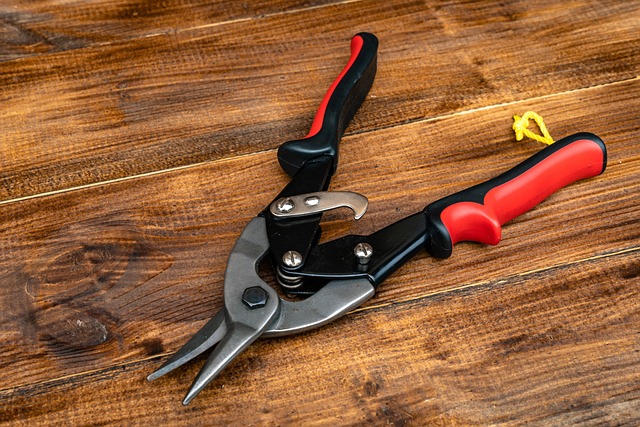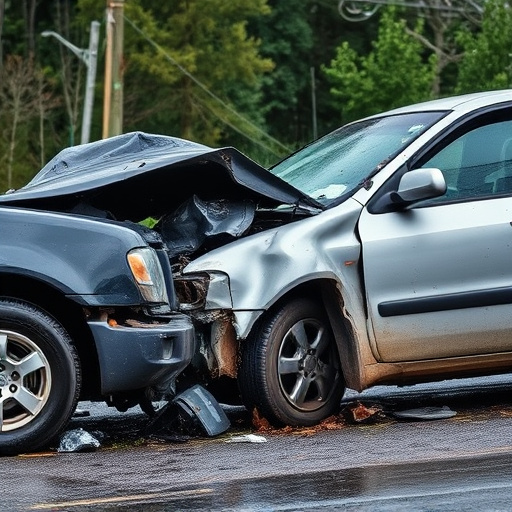Collector car damage repair presents unique challenges due to historical significance, limited parts, and delicate finishes. It requires meticulous care, extensive research, custom fabrication, and collaboration with experts. Choosing the right shop is crucial for longevity and originality. Techniques include advanced frame straightening, panel beating, and paintless dent repair. Preventative measures like regular maintenance and proper storage conditions minimize damage and preserve historical value.
In the realm of classic car preservation, owner passion meets meticulous craftsmanship. Yet, collector car damage repair presents unique challenges, from finding authentic parts to mastering period-specific techniques. This article navigates these intricacies by examining common hurdles and offering tailored solutions. We delve into identifying rare issues, exploring advanced materials and time-honored restoration methods, and providing preventative measures for long-term protection. Whether you’re a car enthusiast or professional restorer, these insights will enhance your understanding of collector car damage repair.
- Identifying Unique Challenges in Collector Cars
- Materials and Techniques for Restoration
- Preventative Measures and Long-Term Solutions
Identifying Unique Challenges in Collector Cars
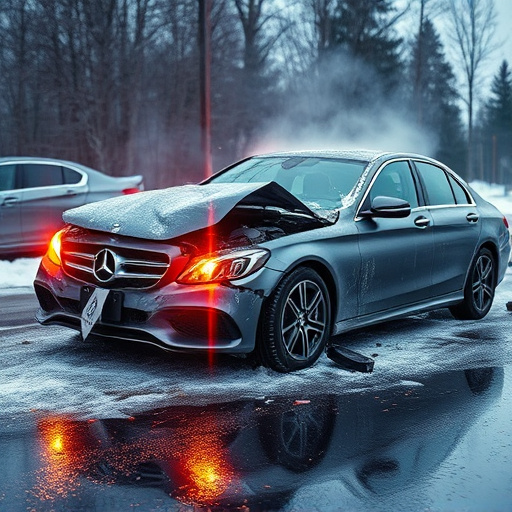
Collector cars present unique challenges when it comes to damage repair due to their historical significance and often specialized construction. Unlike modern vehicles, these classics may have limited availability of replacement parts, making even simple repairs a complex process. Finding exact matches for old or rare components can be a daunting task, often requiring extensive research or custom fabrication. The delicate nature of their finishes also poses challenges in scratch repair and car paint repair, as restoring the original finish without compromising its authenticity is paramount.
Additionally, collector cars are not just vehicles; they are cherished investments and pieces of automotive history. Any damage repair process must be approached with meticulous care to preserve their value. This often means working with specialized restoration experts who understand the intricate details and unique construction methods of these vehicles. Choosing the right car repair shop that shares this level of dedication is crucial in ensuring the longevity and originality of these beloved collector cars.
Materials and Techniques for Restoration
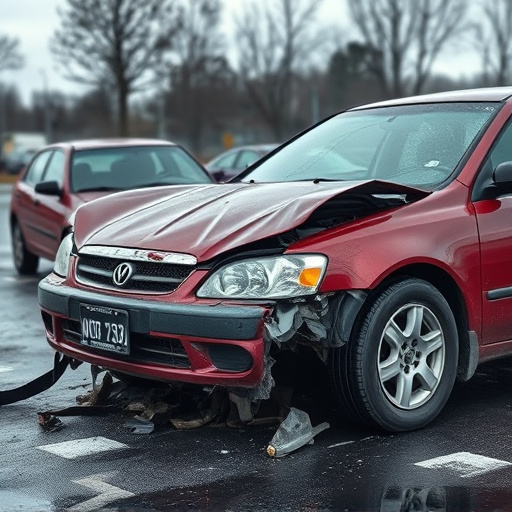
The materials and techniques employed in collector car damage repair have evolved significantly over time, mirroring advancements in vehicle manufacturing and restoration technologies. For restorers, accessing authentic or period-appropriate parts is crucial to maintain historical integrity. This often involves a blend of traditional craftsmanship and modern innovations. Original equipment manufacturer (OEM) parts, while ideal for precision fitting, may be scarce, prompting the use of reproduction components meticulously designed to match original specifications.
In terms of techniques, frame straightening stands as a cornerstone of collector car damage repair. Accurate frame alignment ensures structural integrity and aesthetic harmony. Modern frame-straightening machines utilize advanced sensors and computer-aided technology for precise adjustments. Other restoration methods include panel beating, where skilled technicians expertly manipulate metal to repair dents and dings, and paintless dent repair (PDR), a non-invasive technique leveraging specialized tools to remove blemishes without sanding or repainting. Vehicle repair shops offering these services empower owners to restore their classic cars to their former glory, ensuring they retain their unique historical value.
Preventative Measures and Long-Term Solutions
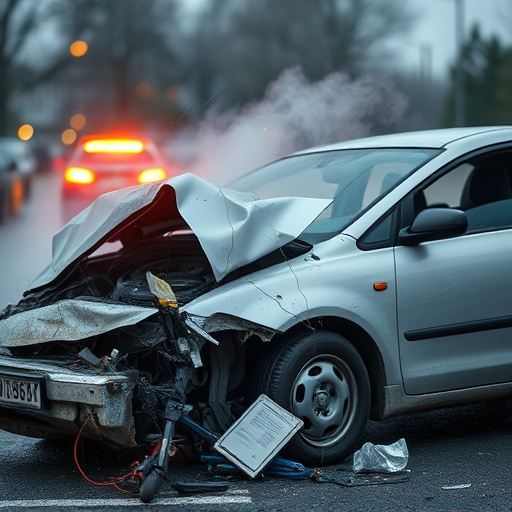
Preventative measures play a crucial role in minimizing collector car damage and ensuring long-term preservation. Regular maintenance checks at a trusted vehicle body shop can help identify potential issues early on, whether it’s a minor dent or signs of rust. A proactive approach includes keeping up with tire services and regular fluid checks to prevent corrosion and maintain the car’s structural integrity. By addressing these concerns promptly, collectors can avoid more extensive and costly repairs in the future.
Additionally, proper storage conditions are essential. Parked indoors, away from direct sunlight and extreme weather, collector cars can extend their lifespan significantly. Using protective covers and storing them on jacks to ensure no weight is placed on the vehicle’s frame further reduces the risk of damage. These long-term solutions not only save money but also preserve the historical value and aesthetic appeal of these cherished vehicles.
Collector car damage repair presents unique challenges due to the historical value and intricate details of these vehicles. By understanding specific issues like corrosion, limited replacement parts, and specialized techniques required, restorers can effectively navigate these complexities. Adopting preventative measures and long-term solutions, such as proper storage, regular maintenance, and advanced preservation methods, ensures these classic cars remain in pristine condition for future generations to appreciate.
